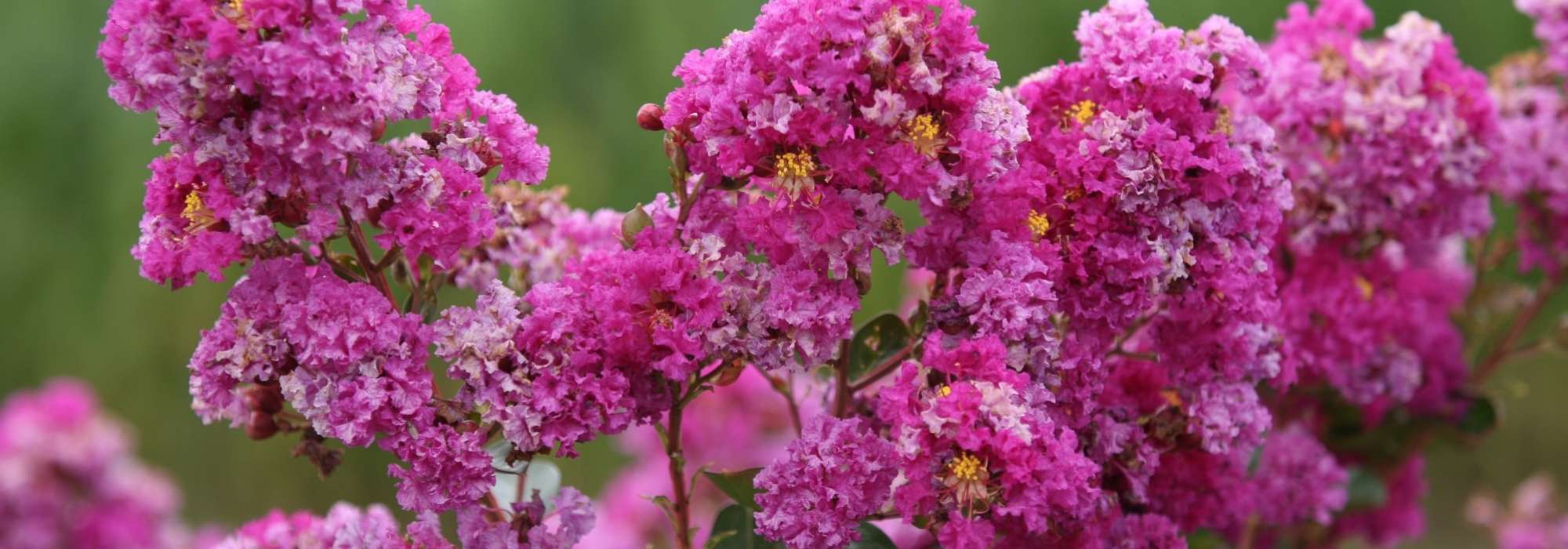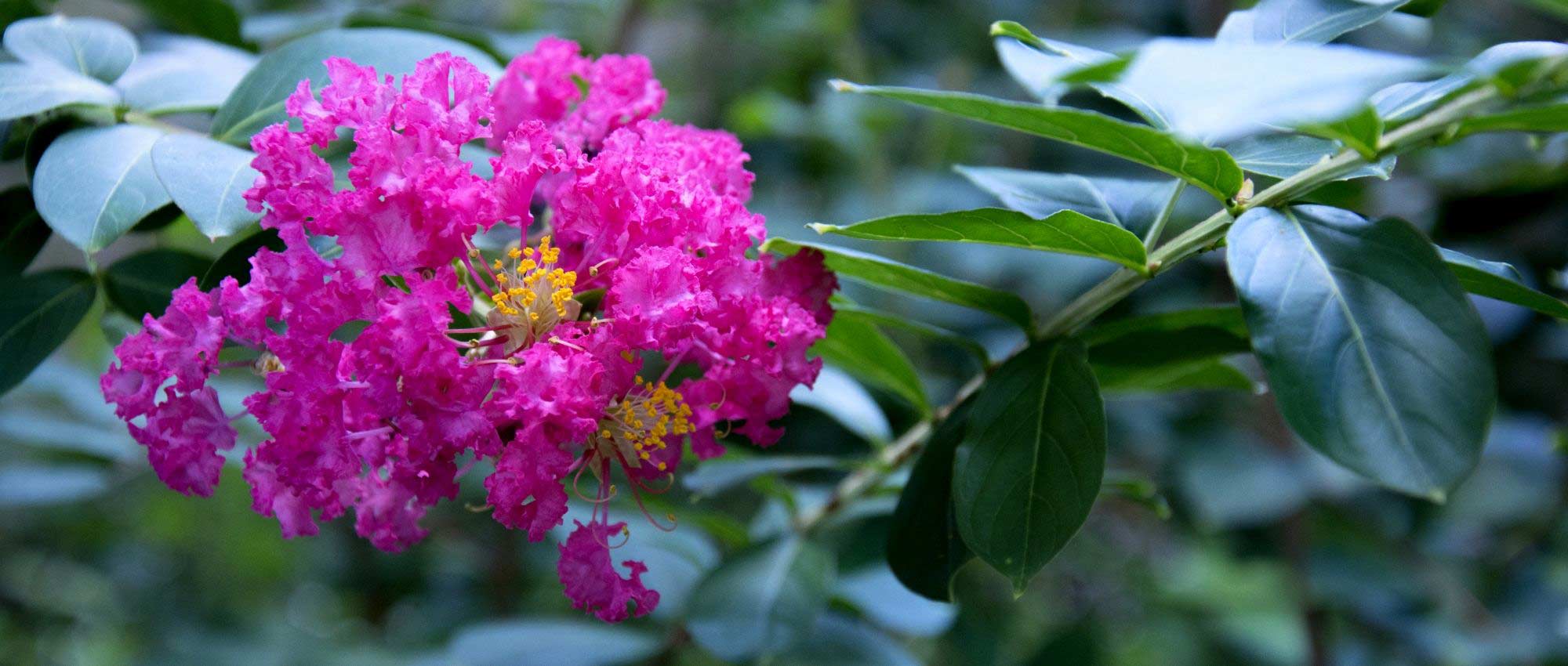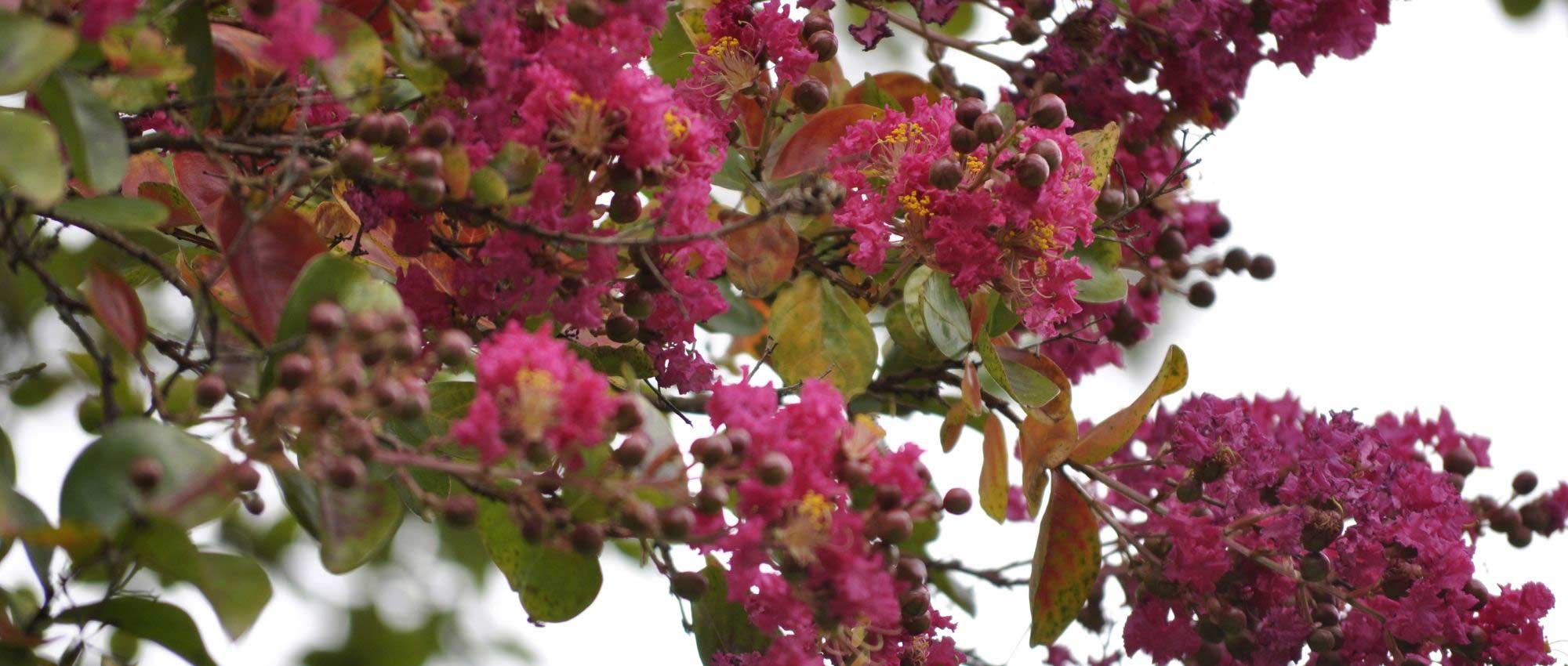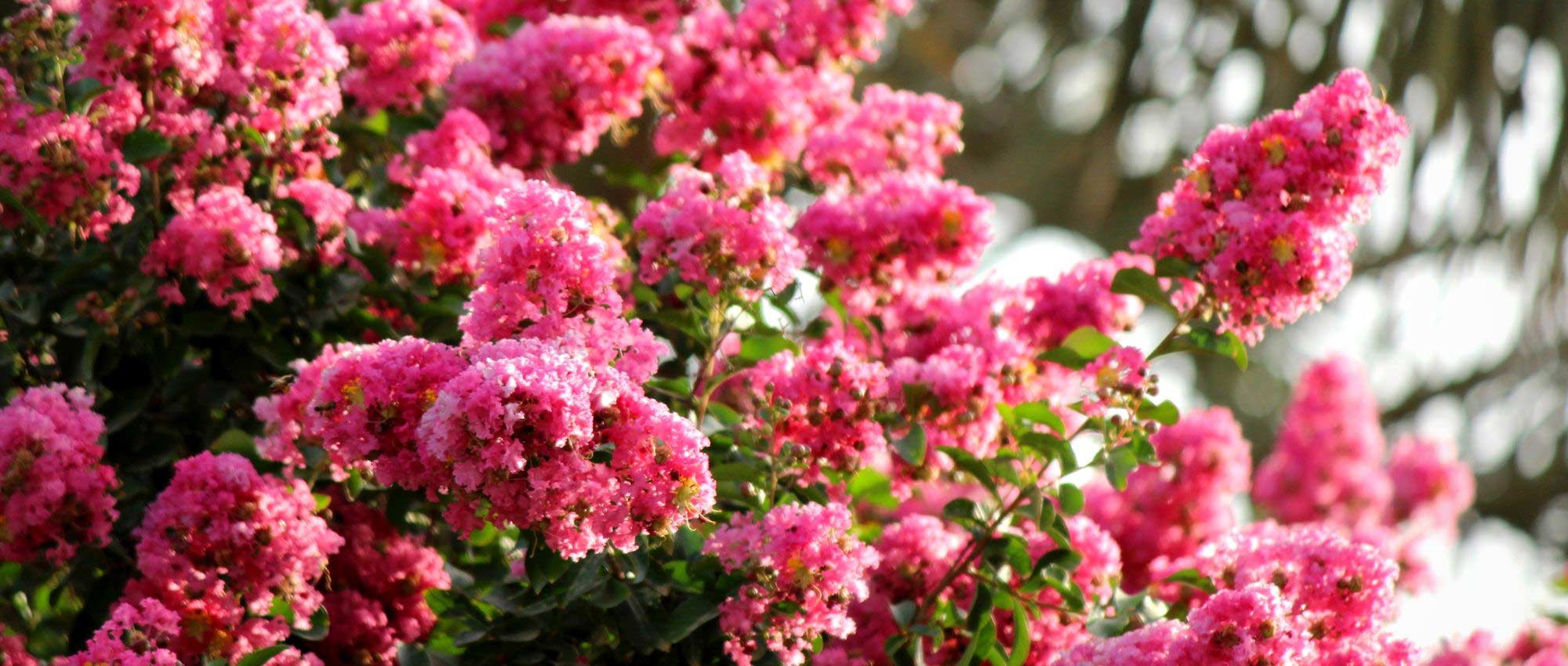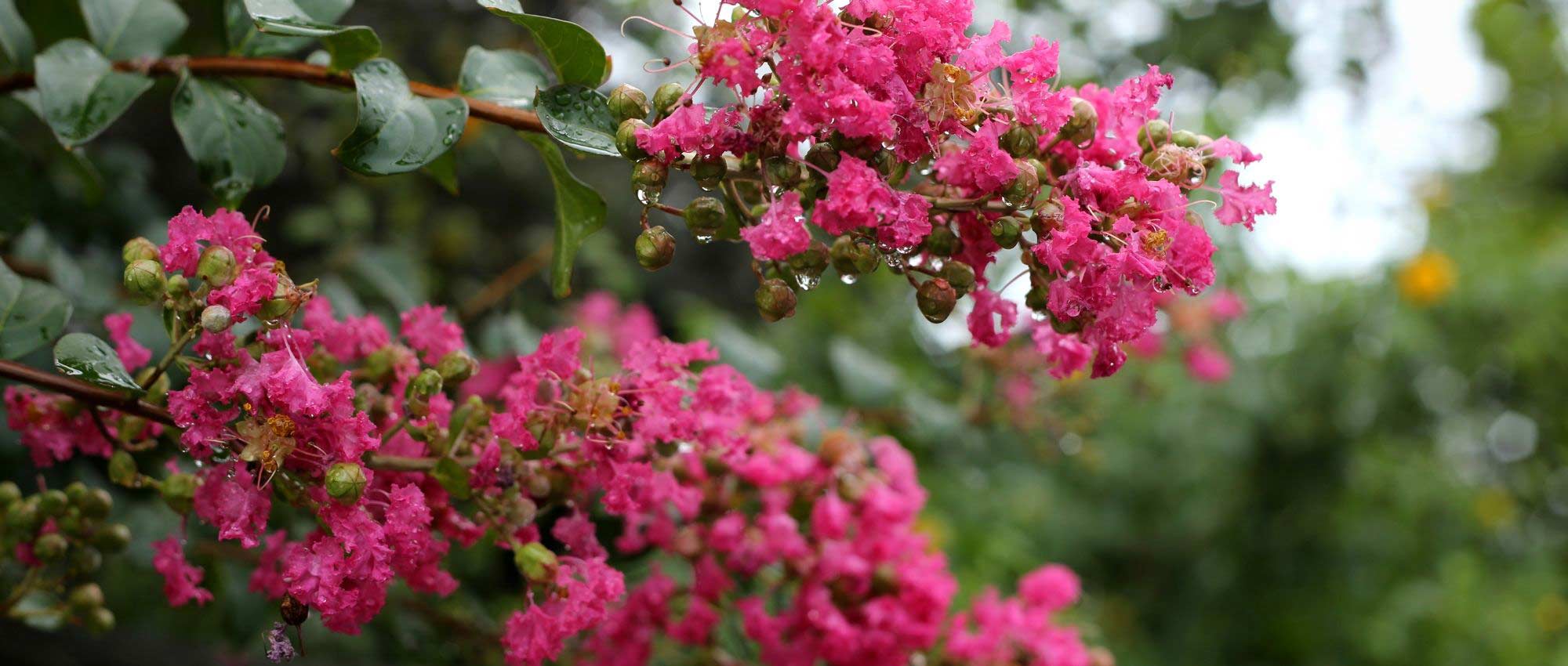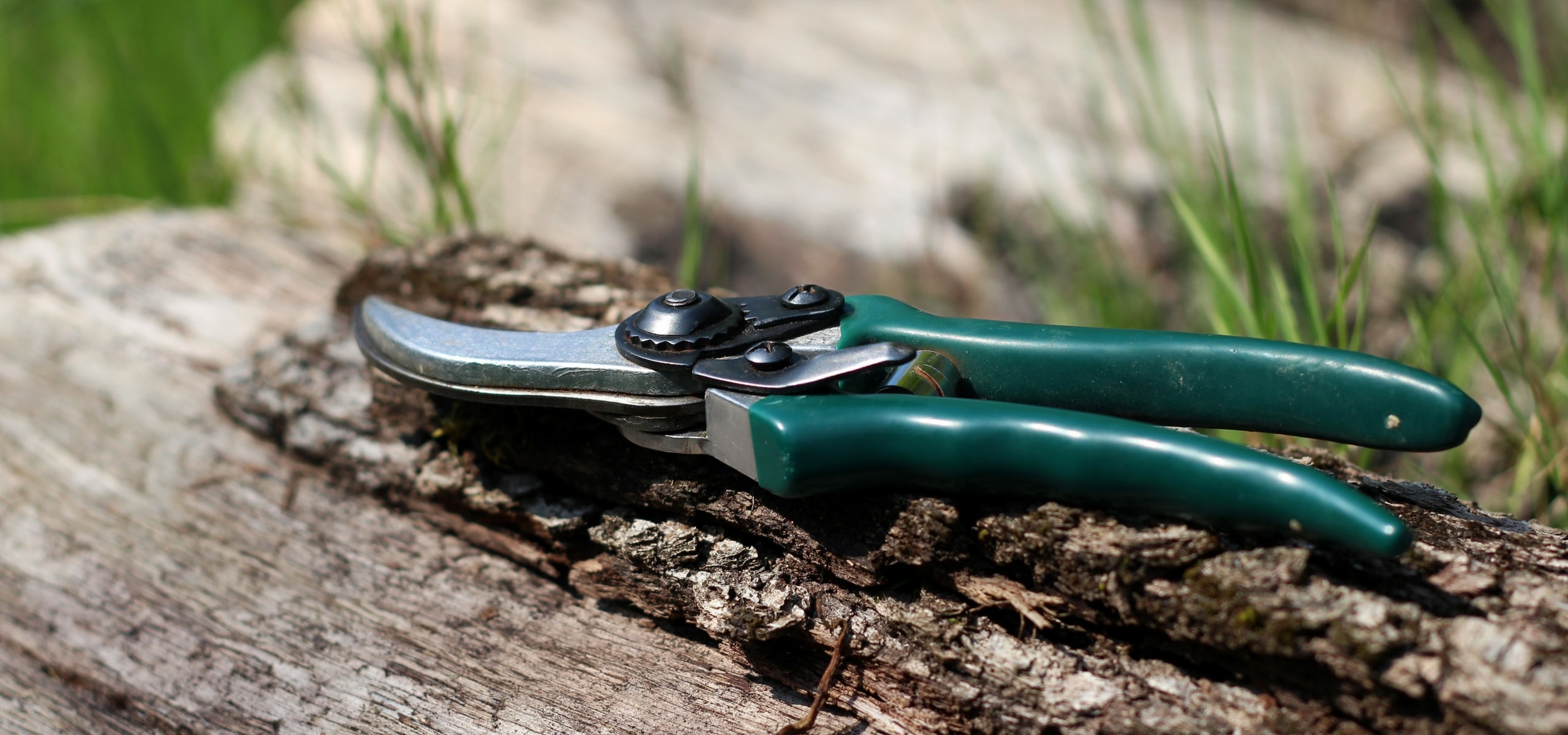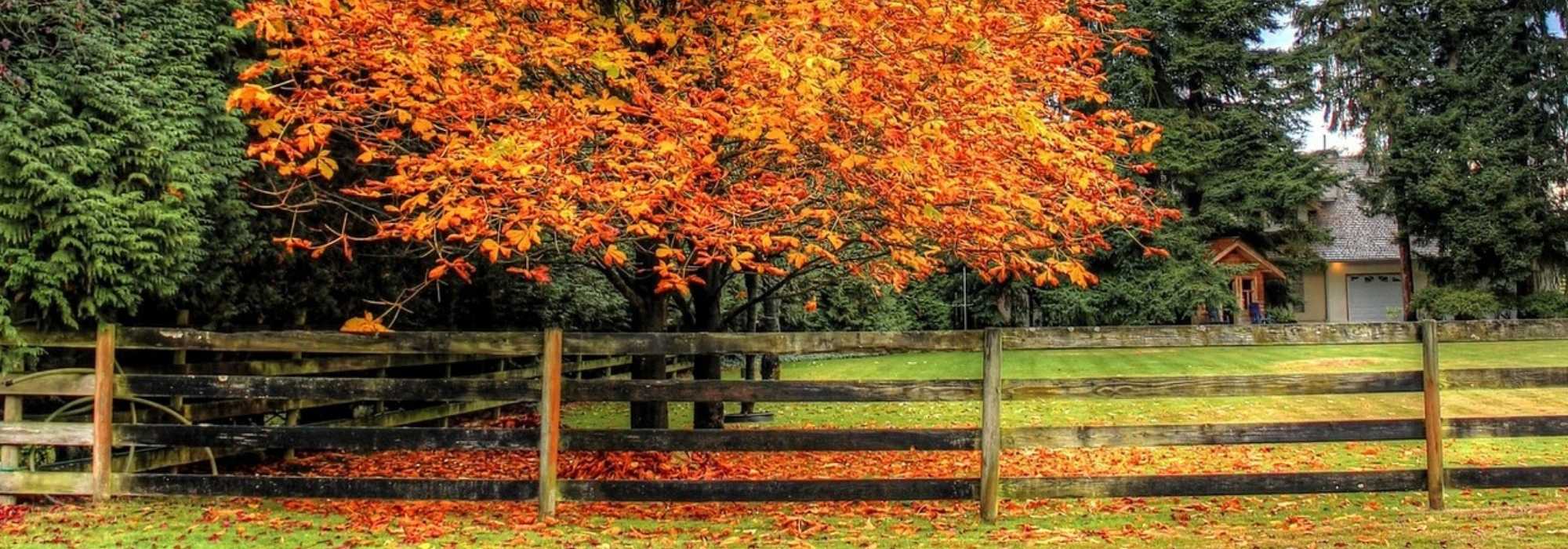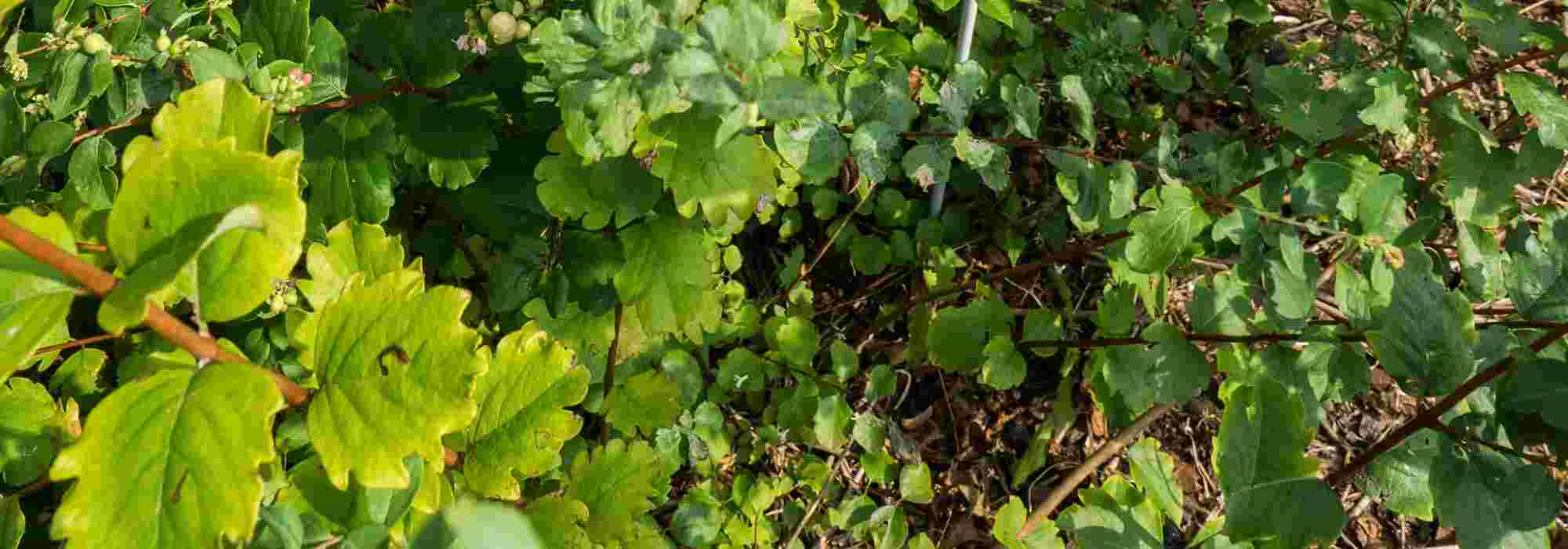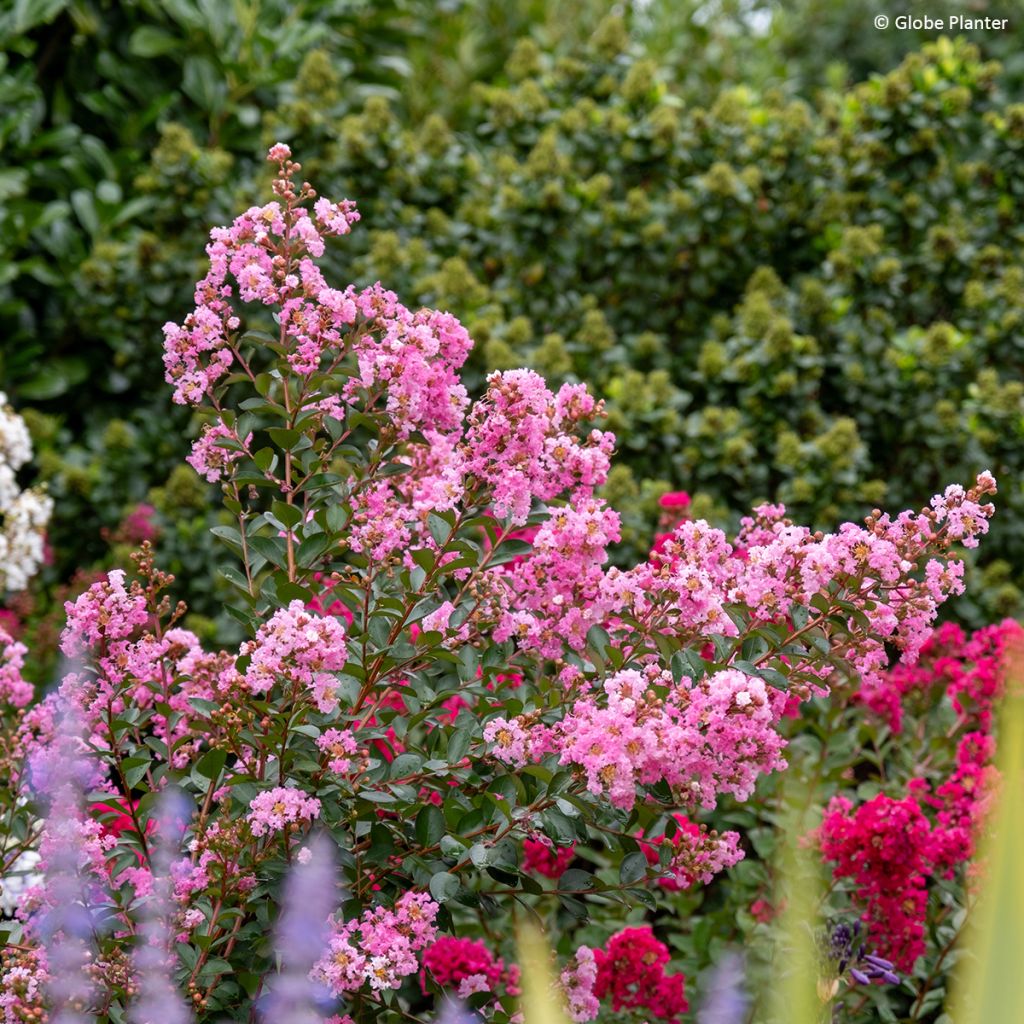

Lagerstroemia indica Gourmet Choco Pink - Crape Myrtle
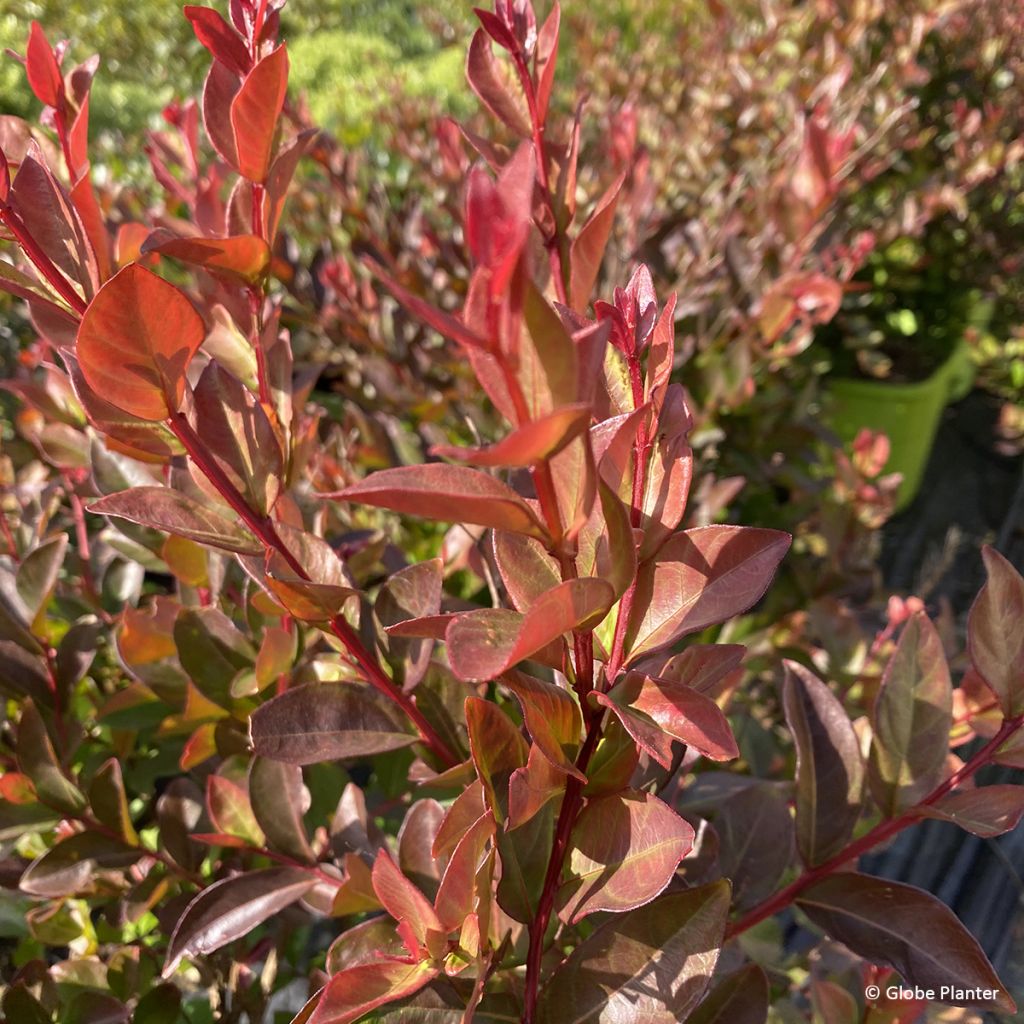

Lagerstroemia indica Gourmet Choco Pink - Crape Myrtle
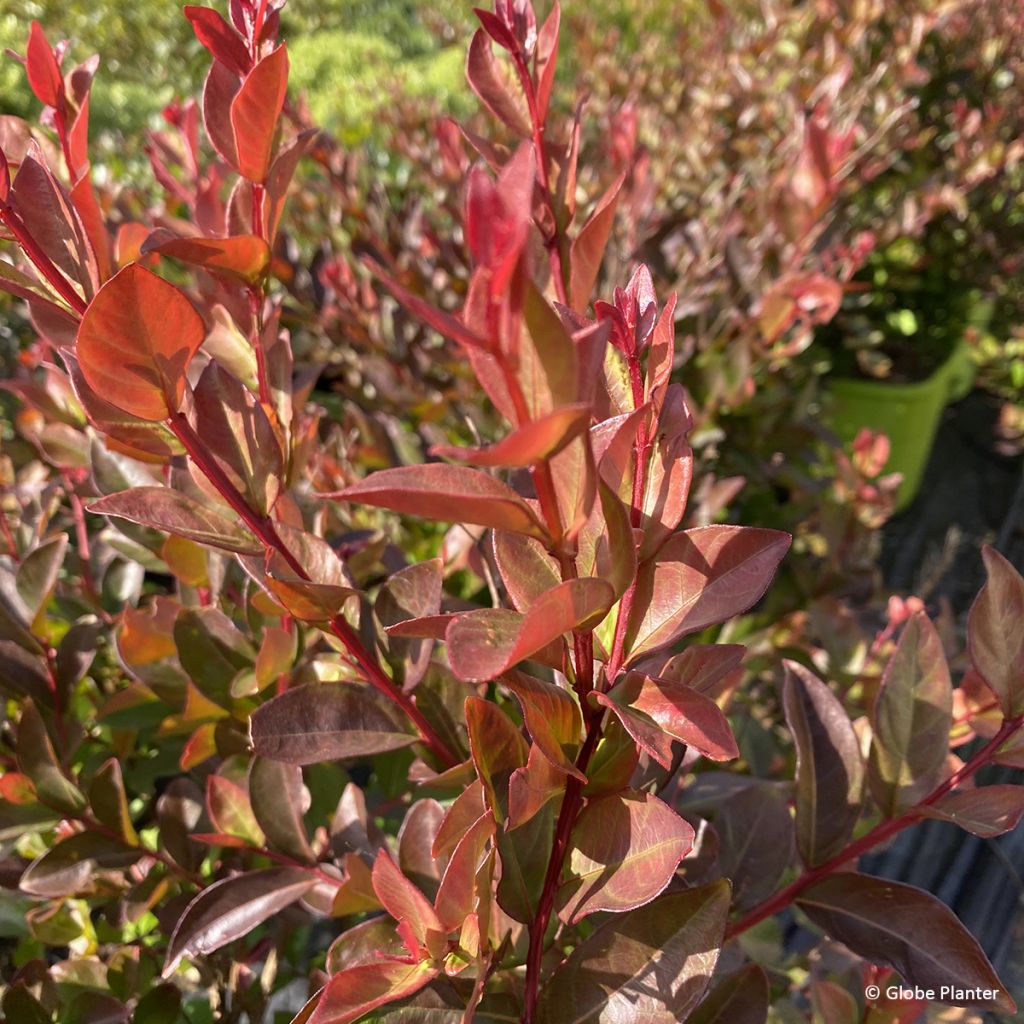

Lagerstroemia indica Gourmet Choco Pink - Crape Myrtle
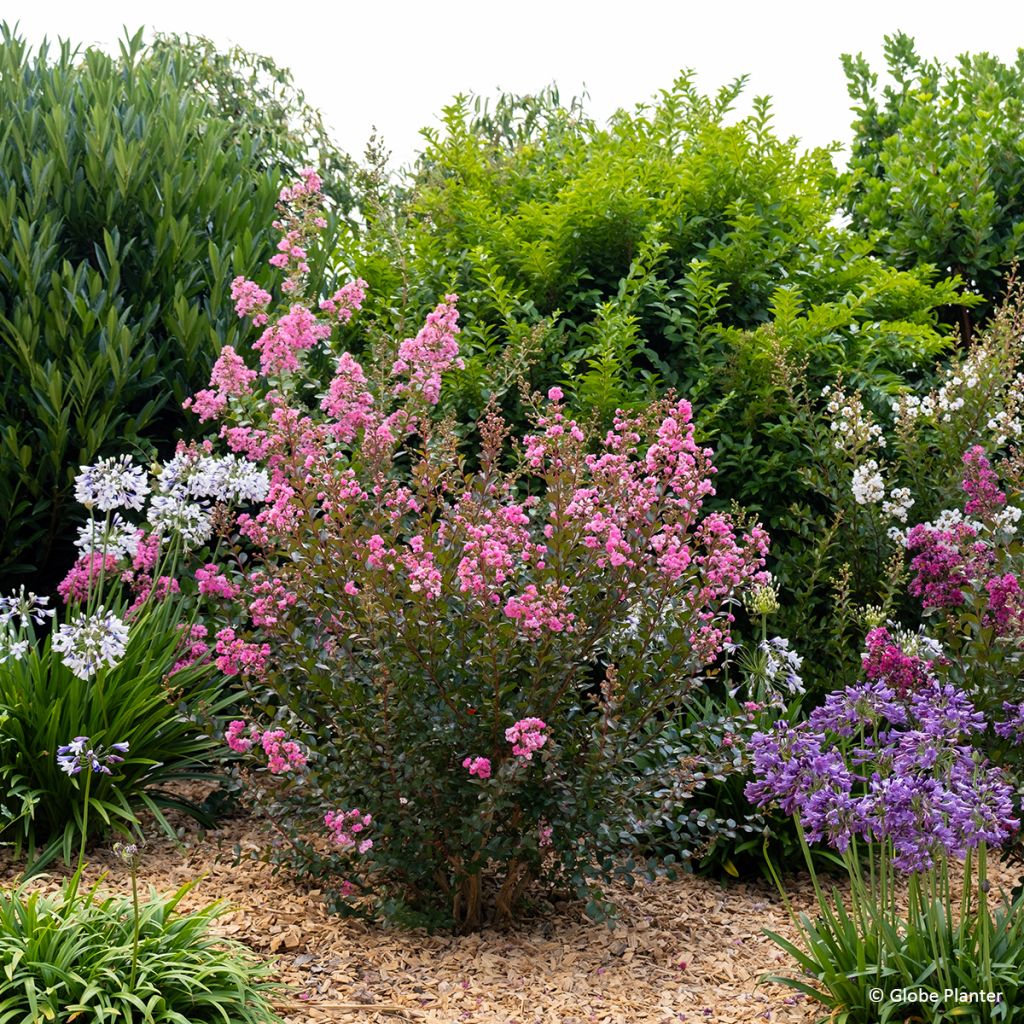

Lagerstroemia indica Gourmet Choco Pink - Crape Myrtle
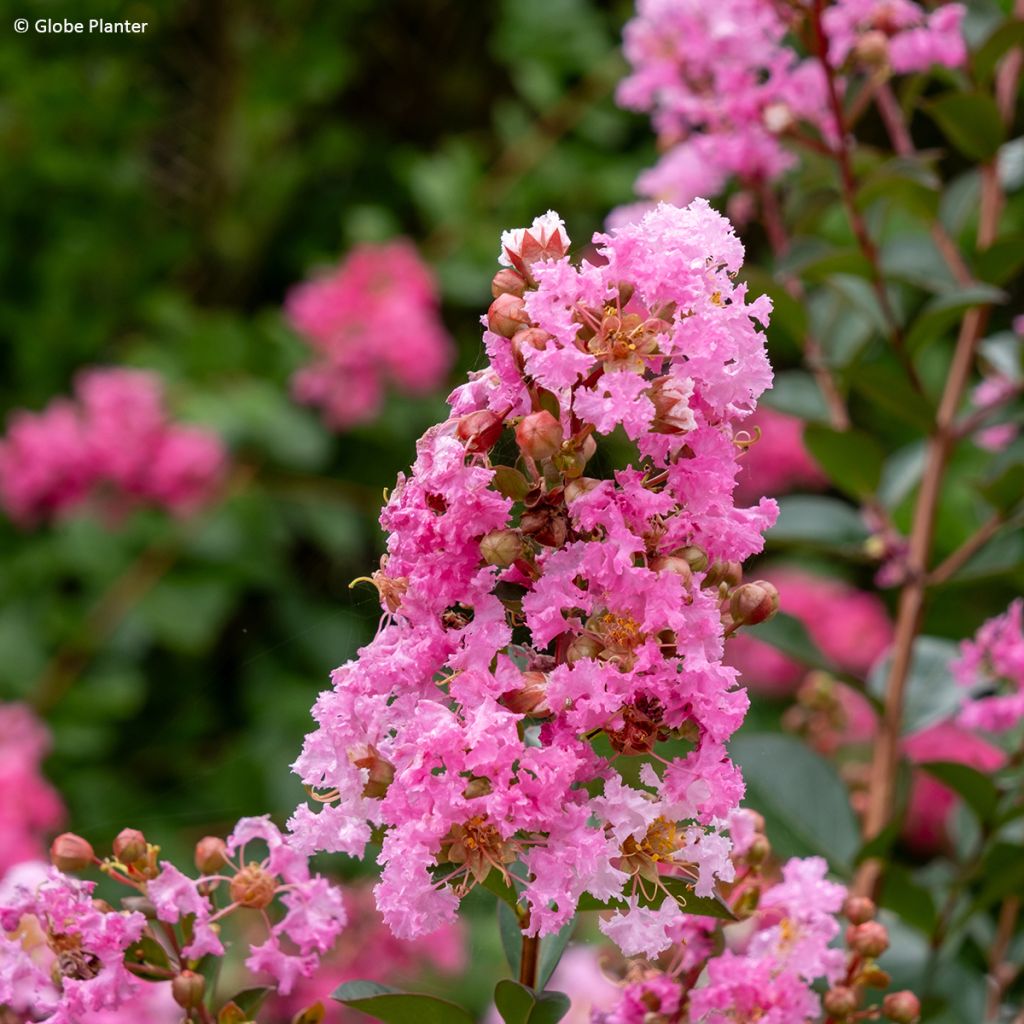

Lagerstroemia indica Gourmet Choco Pink - Crape Myrtle
Lagerstroemia indica Gourmet Choco Pink - Crape Myrtle
Lagerstroemia indica 'Lagvap' Gourmet® Choco Pink
Crape Myrtle, Crepe Myrtle, Indian Lilac
Special offer!
Receive a €20 voucher for any order over €90 (excluding delivery costs, credit notes, and plastic-free options)!
1- Add your favorite plants to your cart.
2- Once you have reached €90, confirm your order (you can even choose the delivery date!).
3- As soon as your order is shipped, you will receive an email containing your voucher code, valid for 3 months (90 days).
Your voucher is unique and can only be used once, for any order with a minimum value of €20, excluding delivery costs.
Can be combined with other current offers, non-divisible and non-refundable.
Home or relay delivery (depending on size and destination)
Schedule delivery date,
and select date in basket
This plant carries a 24 months recovery warranty
More information
We guarantee the quality of our plants for a full growing cycle, and will replace at our expense any plant that fails to recover under normal climatic and planting conditions.
Does this plant fit my garden?
Set up your Plantfit profile →
Description
Lagerstroemia indica 'Lagvap' Gourmet Choco Pink is a variety of Crape Myrtle, particularly attractive not only for its generous pink flowering, but also for the evolving colour of its foliage, as well as its decorative bark on mature specimens. The young spring shoots display a reddish-brown to chocolate tone, then gradually turn to dark green when the pink flower clusters appear, stretching from July to September. In autumn, the foliage tends to colour in orange-brown before falling to the ground. This medium-sized summer Lilac will withstand cold temperatures of around -15°C once well established. It loves full sun and shows resistance to common diseases.
Lagerstroemia is a member of the Lythraceae family, represented in our southern gardens by Pomegranate (Punica) and Cuphea, a genus of shrubs with superb flowering. There are no fewer than thirty to forty species of Lagerstroemia, trees and shrubs, deciduous or evergreen, native to Asia and Australia. Lagerstroemia indica, or Crape Myrtle, despite its name, originates from China and Japan. In its natural state, it develops into a shrub or small tree, reaching up to 6 to 8 m in height. This deciduous plant is clothed in small oval leaves, which take on pretty warm colours in autumn before falling to the ground. The species is relatively hardy, down to -15°/-20°C, but only flowers satisfactorily in climates with sufficiently long and warm summers.
A fashionable plant among breeders for its many aesthetic and cultural qualities, Lagerstroemia now comes in numerous horticultural varieties, which vary in both the colour of the flowering and that of the foliage. This is the case with 'Gourmet Choco Pink', which varies in both. The medium-sized shrub eventually reaches 2.50 m in height, with a spread of 1.50 m to 1.80 m. As with all Lagerstroemias, these dimensions can be contained to smaller proportions by annual pruning. It is possible to grow it in a pot, but other varieties, such as 'With Love Kiss', are more suited to this use. In spring, 'Gourmet Choco Pink' emerges in the finest reddish-brown to chocolate tones, which last throughout spring. The small oval leaves then evolve towards a more classic dark green, which allows the flowering to be well highlighted. From July, clusters of light flowers with crinkled edges like crepe paper develop, which gives it its English common name "Crape Myrtle". Of a beautiful, clear pink, they renew themselves until September, sometimes longer, attracting all eyes in the garden. With the arrival of autumn and the first cold spells, the foliage tends to colour again, in a brownish orange. When the leaves fall, they reveal the wood and particularly the bark, which peels on mature specimens, thus prolonging the ornamental interest of the shrub during winter.
Lagerstroemia is the king shrub of summer, few others, apart perhaps from Hibiscus syriacus, being able to rival its flowering. You can plant it in isolation, as it is ornamental almost all year round, but you will achieve even more effect by integrating it into a bed alongside shrubs with staggered flowering periods. Stachyurus praecox, rather unknown despite its obvious ornamental qualities, will launch the season with its strings of small pale yellow bells in March-April. Its medium green foliage will differentiate well from that of your Lagerstroemia and will colour in warm tones, red, orange and yellow in autumn. Weigela florida 'Nana Variegata' will then take over with its pink trumpet flowers in May-June, which rebloom in autumn. Moreover, its green foliage variegated with white will create a very pretty contrast with the Crape Myrtle.
Lagerstroemia indica Gourmet Choco Pink - Crape Myrtle in pictures






Plant habit
Flowering
Foliage
Botanical data
Lagerstroemia
indica
'Lagvap' Gourmet® Choco Pink
Lythraceae
Crape Myrtle, Crepe Myrtle, Indian Lilac
Lagerstroemia indica 'Lagvap'
Cultivar or hybrid
Planting and care
In colder regions, we recommend planting Lagerstroemia indica 'Gourmet Choco Pink' in spring, once the risk of frost has passed, in a very sunny and sheltered position, in rich, rather moist, well-drained and preferably slightly acidic, neutral or low-lime soil. In southern regions, however, it is better to plant it in autumn so it can benefit from seasonal rains to establish its roots. It will appreciate a compost addition and a thick layer of dead leaves, especially during the first two winters in slightly colder areas. It is necessary to prune the flowering shoots very short in February-March, leaving only 3 to 5 buds to balance its branches and stimulate the growth of future flower-bearing branches. Also, remove any weak twigs that will not produce any flowers and poorly positioned shoots. This bush can withstand temperatures as low as -15°C, or even lower, once it is sufficiently mature and well-established (in well-drained soil and a sheltered position).
Planting period
Intended location
Care
Planting & care advice
This item has not been reviewed yet - be the first to leave a review about it.
Haven't found what you were looking for?
Hardiness is the lowest winter temperature a plant can endure without suffering serious damage or even dying. However, hardiness is affected by location (a sheltered area, such as a patio), protection (winter cover) and soil type (hardiness is improved by well-drained soil).

Photo Sharing Terms & Conditions
In order to encourage gardeners to interact and share their experiences, Promesse de fleurs offers various media enabling content to be uploaded onto its Site - in particular via the ‘Photo sharing’ module.
The User agrees to refrain from:
- Posting any content that is illegal, prejudicial, insulting, racist, inciteful to hatred, revisionist, contrary to public decency, that infringes on privacy or on the privacy rights of third parties, in particular the publicity rights of persons and goods, intellectual property rights, or the right to privacy.
- Submitting content on behalf of a third party;
- Impersonate the identity of a third party and/or publish any personal information about a third party;
In general, the User undertakes to refrain from any unethical behaviour.
All Content (in particular text, comments, files, images, photos, videos, creative works, etc.), which may be subject to property or intellectual property rights, image or other private rights, shall remain the property of the User, subject to the limited rights granted by the terms of the licence granted by Promesse de fleurs as stated below. Users are at liberty to publish or not to publish such Content on the Site, notably via the ‘Photo Sharing’ facility, and accept that this Content shall be made public and freely accessible, notably on the Internet.
Users further acknowledge, undertake to have ,and guarantee that they hold all necessary rights and permissions to publish such material on the Site, in particular with regard to the legislation in force pertaining to any privacy, property, intellectual property, image, or contractual rights, or rights of any other nature. By publishing such Content on the Site, Users acknowledge accepting full liability as publishers of the Content within the meaning of the law, and grant Promesse de fleurs, free of charge, an inclusive, worldwide licence for the said Content for the entire duration of its publication, including all reproduction, representation, up/downloading, displaying, performing, transmission, and storage rights.
Users also grant permission for their name to be linked to the Content and accept that this link may not always be made available.
By engaging in posting material, Users consent to their Content becoming automatically accessible on the Internet, in particular on other sites and/or blogs and/or web pages of the Promesse de fleurs site, including in particular social pages and the Promesse de fleurs catalogue.
Users may secure the removal of entrusted content free of charge by issuing a simple request via our contact form.
The flowering period indicated on our website applies to countries and regions located in USDA zone 8 (France, the United Kingdom, Ireland, the Netherlands, etc.)
It will vary according to where you live:
- In zones 9 to 10 (Italy, Spain, Greece, etc.), flowering will occur about 2 to 4 weeks earlier.
- In zones 6 to 7 (Germany, Poland, Slovenia, and lower mountainous regions), flowering will be delayed by 2 to 3 weeks.
- In zone 5 (Central Europe, Scandinavia), blooming will be delayed by 3 to 5 weeks.
In temperate climates, pruning of spring-flowering shrubs (forsythia, spireas, etc.) should be done just after flowering.
Pruning of summer-flowering shrubs (Indian Lilac, Perovskia, etc.) can be done in winter or spring.
In cold regions as well as with frost-sensitive plants, avoid pruning too early when severe frosts may still occur.
The planting period indicated on our website applies to countries and regions located in USDA zone 8 (France, United Kingdom, Ireland, Netherlands).
It will vary according to where you live:
- In Mediterranean zones (Marseille, Madrid, Milan, etc.), autumn and winter are the best planting periods.
- In continental zones (Strasbourg, Munich, Vienna, etc.), delay planting by 2 to 3 weeks in spring and bring it forward by 2 to 4 weeks in autumn.
- In mountainous regions (the Alps, Pyrenees, Carpathians, etc.), it is best to plant in late spring (May-June) or late summer (August-September).
The harvesting period indicated on our website applies to countries and regions in USDA zone 8 (France, England, Ireland, the Netherlands).
In colder areas (Scandinavia, Poland, Austria...) fruit and vegetable harvests are likely to be delayed by 3-4 weeks.
In warmer areas (Italy, Spain, Greece, etc.), harvesting will probably take place earlier, depending on weather conditions.
The sowing periods indicated on our website apply to countries and regions within USDA Zone 8 (France, UK, Ireland, Netherlands).
In colder areas (Scandinavia, Poland, Austria...), delay any outdoor sowing by 3-4 weeks, or sow under glass.
In warmer climes (Italy, Spain, Greece, etc.), bring outdoor sowing forward by a few weeks.






























